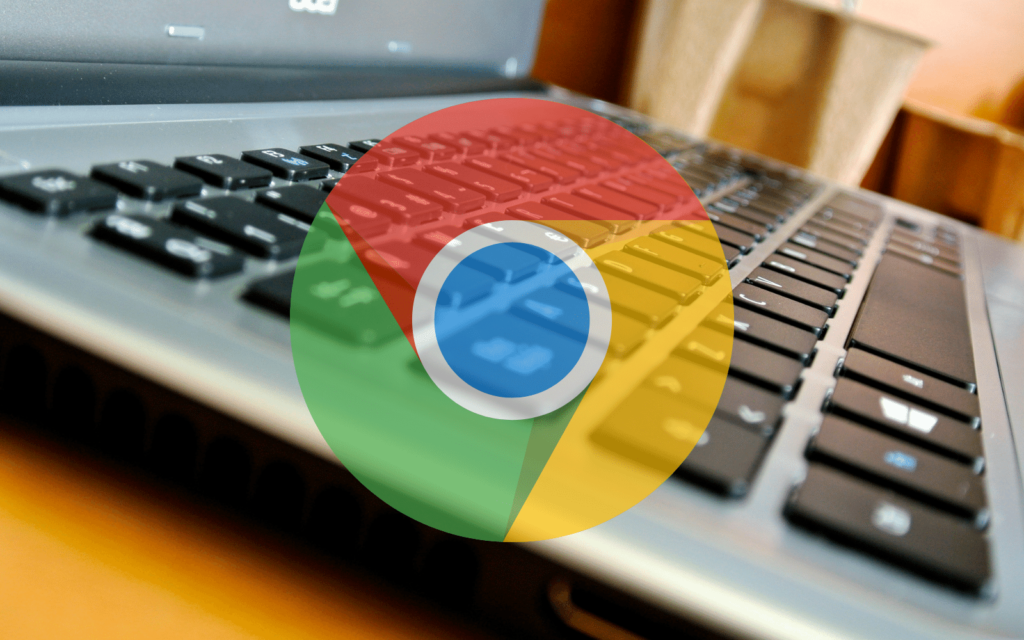Chances are you’ve got at least one over-the-hill notebook stashed away at your house somewhere. You know how it is. It just gets too slow to keep up. Instead of putting it out of its misery, you just… keep it. You never know when you’ll need an emergency word processor. Well, Google’s new ChromeOS Flex hopes to give your older notebook hardware a new lease on life.
It’ll do this by turning your plain old archaic computer into a Chromebook. Google’s Chromebooks aren’t known for being resource-heavy, so conversion should work in many (but not all cases). It’s as simple as installing the operating system from Google’s website. Or, if you’re feeling scared of the future, you can try ChromeOS Flex using a bootable flash drive first.
Weird ChromeOS Flex, but okay
Google actually forces this method, in case you’re dismayed with what they’ve done. Previewing a new OS worked out well for folks curious about Ubuntu Linux, back in the day… mostly so they could see just how out of their depth they were. ChromeOS Flex is, hopefully for you, a little less complicated. It turns older PC hardware into a cloud-based machine, along the lines of Google’s Chromebook hardware.
Even though you’re repurposing older hardware, it can’t be too old. You’ll require at least an Intel or AMD x86-64-bit processor, 4GB of RAM, and 16GB of storage. The machine must also be able to boot from USB, and you’ll need admin spandex privileges, so check your privilege before you start. Also, check your GPU — “Intel GMA 500, 600, 3600, and 3650 graphics hardware do not meet Chrome OS Flex performance standards.” In general, though, if your older notebook was made from 2010 onwards, you should be all right. In most cases.
Installation requires an 8GB flash drive (some are incompatible) and a very specific Google Chrome extension. This is how you’ll create the installer — via your web browser, which is a little… weird. But sure. We’ll just do what Google suggests (because it probably won’t work if we make it up as we go).
Read More: Asus Chromebook Flip C214 review – for the students
Google has a series of steps needed to create the disc image and installer. It’s a series of clicks once you have the Chrome Recovery Utility extension running, and Google explains it far better than we ever will. From there, you’ll want to eject the drive, take it over to your project machine, and enter the BIOS menu on boot. This usually means tapping F1, F2, F10, Del, or whichever other startup key your device’s manufacturer has decided will let you into the secret menu. Set your notebook to Boot from USB (make sure it’s first in the boot order in your BIOS).
Restart your PC with the disc image USB plugged in and you should get the option to boot from the stick. Once you’re into this menu, you’re given the option to preview ChromeOS Flex by selecting Try it first. You’ll have to sign in to Google to check it out and sign out of your Google account afterwards in order to install ChromeOS Flex.
Installation, assuming you like what Google has to offer, is relatively simple for anyone who has ever installed an operating system. For everyone else, read the onscreen instructions. Your computer-savvy friends are just reading everything onscreen before clicking ‘Next’.
And if you’re feeling really nervous about trying this out, here’s Google’s list of computers that’ll work with ChromeOS Flex. If your old workhorse is on here, let ‘er rip.
